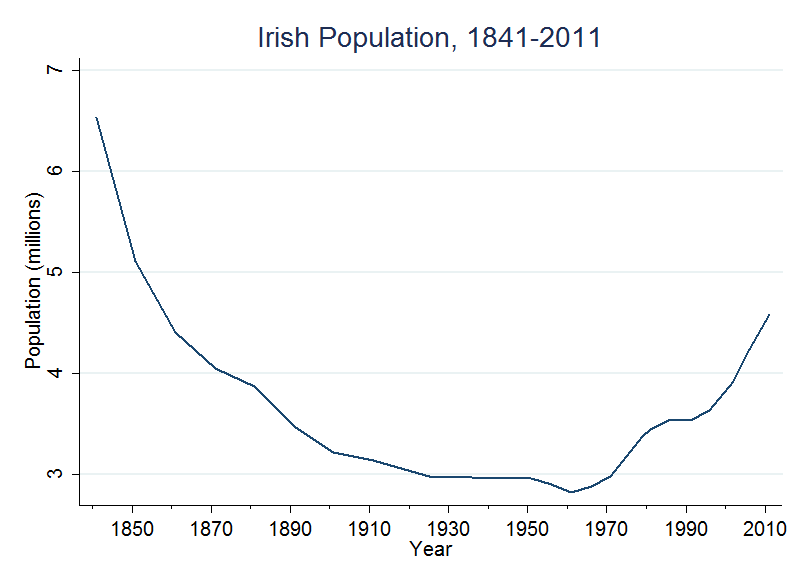Are VATs regressive? No, not really.
People think that sales taxes (or Value Added Taxes) are regressive because rich people are able to save a higher proportion of their income than poor people. This is faulty reasoning.
Suppose we have two people (A and B), and a VAT rate of 10%. A earns $100,000 a year, and B earns $20,000 a year.
Here’s the argument people make:
“A earns $100,000 in a year, saves $30,000, and spends $70,000. With a VAT of 10%, and consumption of $70,000, $7,000 of his income that year goes to the government via VAT. That’s 7% of his income.
B earns $20,000 in a year and spends it all. That means that the government receives $2,000 a year from him in VAT. That’s 10% of his income.”
So it appears that the poor are paying more, as a fraction of their income, in VAT. That looks regressive.
But what this argument misses is that A’s savings of $30,000 do not simply disappear. He will spend it next year (or the year after, or the year after…) and will pay VAT on it. When he gets around to spending it he will pay $3,000 in VAT, which brings up his total contribution to $10,000, or exactly 10% of his income. Just like B.
You might wonder if this is still true if A earns interest on his savings. It turns out that it is: he will still pay 10% of his total income in VAT. Why? Assuming he eventually spends all of his money (or his kids do), then his consumption equals his income. Taxing the consumption at 10% means you are taxing the income at 10%.
There is one further implication of this regarding changes in VAT rates. If you think VATs are regressive, then you would probably like the VAT rate to be lowered. But doing so provides a tax-break to the people who are able to shift consumption to later periods, i.e. people who are rich enough to be able to save. Let’s go through an example. Again we have two people: A earns $100,000 a year and B earns $20,000 a year. But this time there are two years. In 2013 the VAT rate is 10%, and in 2014 it is lowered to 5%.
Mr A
In 2013: earns $100,000; puts $30,000 in a safe; spends $70,000. Pays $7,000 in VAT.
In 2014: earns $100,000; saves nothing; spends his income and the $30,000 he put in the safe, so spends $130,000. With the lower rate of 5%, he spends $6,500 in VAT.
Total VAT over two years = $13,500, or 6.75% of his total income.
Mr B
In 2013: earns $20,000; spends $20,000. Pays $2,000 in VAT.
In 2014: earns $20,000; spends $20,000. With the lower rate of 5%, he pays $1,000 in VAT.
Total VAT over two years = $3,000, or 7.5% of his overall income.
Lowering VATs can be regressive.
